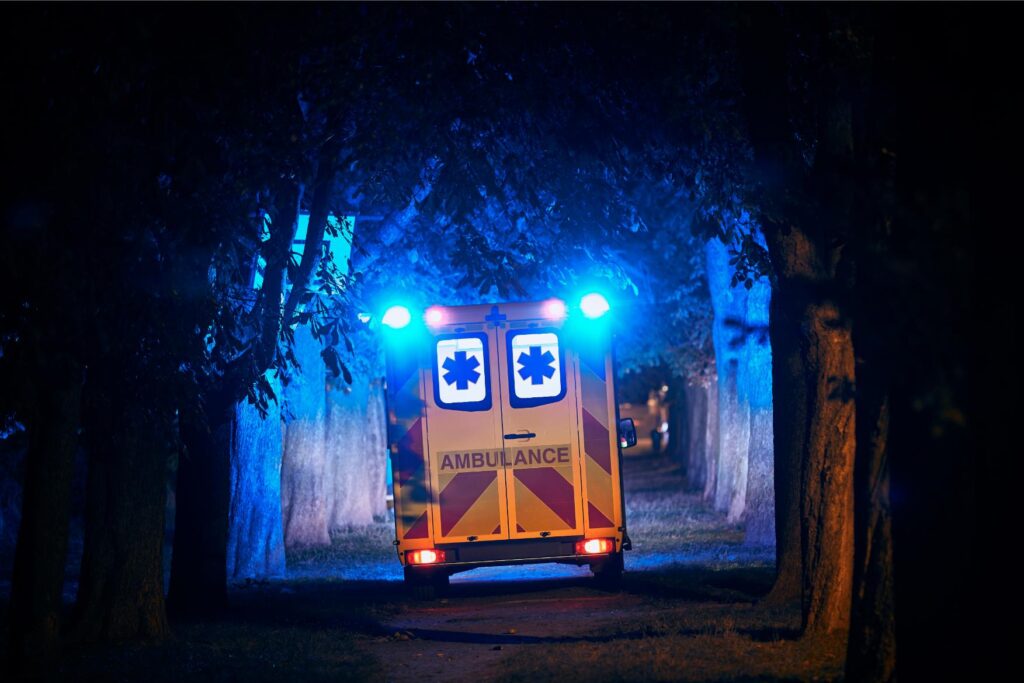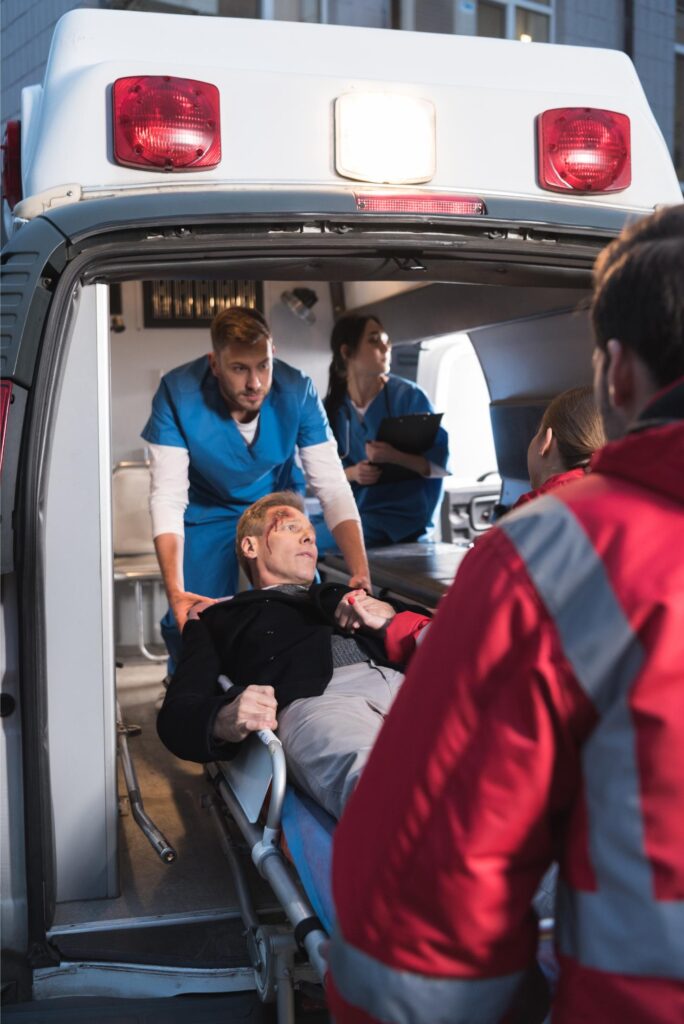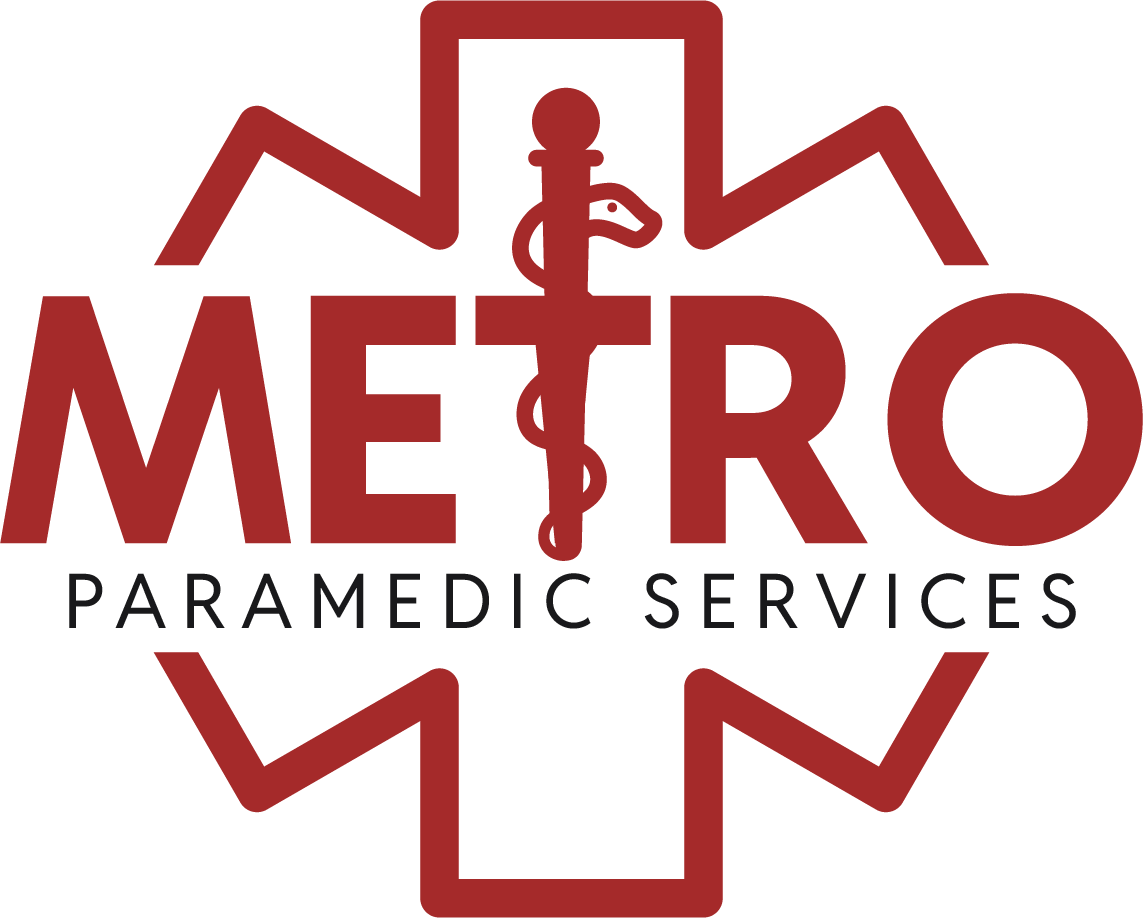Metro Paramedics has provided emergency medical and firefighting services to communities since 1984. Find out how Metro Paramedics can fit the needs of your municipality or fire district.
Emergency Call

Emergency Medical Technicians (EMTs) and paramedics play a crucial role in providing pre-hospital care during medical emergencies. The path to becoming a certified EMT or paramedic involves rigorous training, hands-on experience, and obtaining necessary certifications. This comprehensive guide will walk you through the training and certification processes, highlighting the key steps and requirements for aspiring EMTs and paramedics.
To begin EMT training, candidates typically need a high school diploma or equivalent. Basic courses in biology, anatomy, and physiology can be beneficial.
The first step in becoming an EMT is completing an EMT-Basic training program. These programs are offered by community colleges, technical schools, and specialized training centers. The EMT-Basic course covers essential topics, including:
The course typically involves around 120-150 hours of instruction, combining classroom learning with hands-on practice.
After completing the classroom portion, EMT trainees must gain practical experience. This includes ride-alongs with ambulance services and clinical rotations in hospitals. These experiences allow trainees to apply their skills in real-world scenarios under the supervision of experienced professionals.
Upon completing the training program, candidates must pass the National Registry of Emergency Medical Technicians (NREMT) exam. This exam consists of:
Passing the NREMT exam certifies individuals as EMTs, allowing them to seek employment in the field.


To become a paramedic, candidates typically need to be certified EMTs with some experience in the field. Additional coursework in advanced medical topics can be advantageous.
Paramedic training is more advanced and comprehensive than EMT training. It is usually offered by community colleges and universities and can lead to an associate degree. The paramedic program covers:
Paramedic training programs typically require 1,200 to 1,800 hours of instruction, combining classroom education with extensive hands-on training.
Paramedic students must complete significant clinical rotations in various hospital departments, such as emergency rooms, intensive care units, and labor and delivery units. Additionally, field internships with ambulance services are required to provide real-world experience in pre-hospital care.
After completing the paramedic training program, candidates must pass the NREMT-Paramedic exam, which includes:
Passing this exam certifies individuals as paramedics, enabling them to work in various emergency medical settings.
Becoming an EMT or paramedic requires dedication, extensive training, and a commitment to ongoing education. The journey begins with foundational training as an EMT, followed by advanced paramedic education for those seeking to elevate their skills. Both roles are essential to the EMS system, providing critical care and making a significant impact on community health and safety. By completing rigorous training programs and obtaining necessary certifications, aspiring EMTs and paramedics can embark on rewarding careers dedicated to saving lives and serving their communities.

Metro Paramedics has provided emergency medical and firefighting services to communities since 1984. Find out how Metro Paramedics can fit the needs of your municipality or fire district.
Call Now

